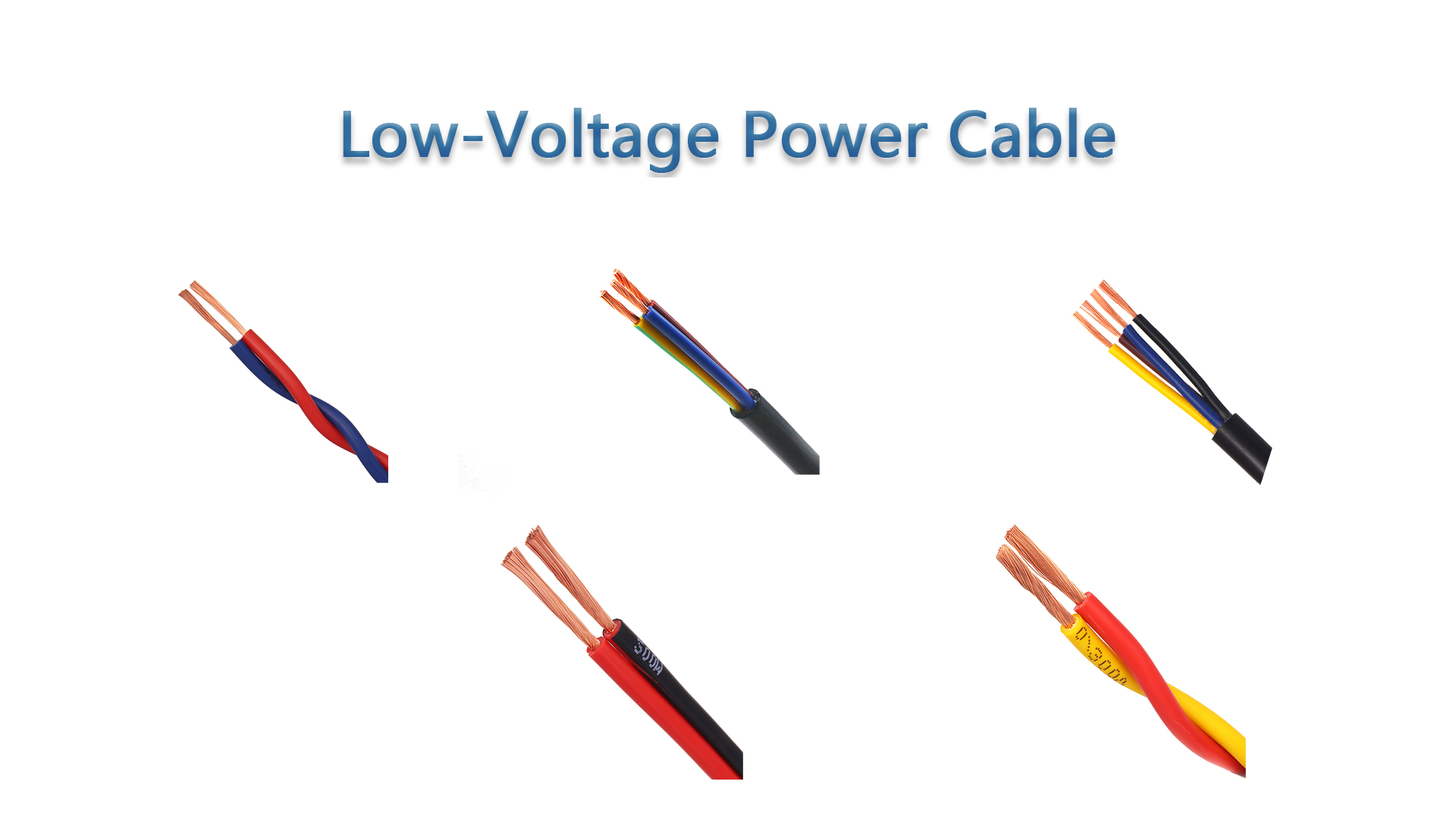By cloudtopcable | 23 October 2023 | 0 Comments
Optical Fiber Cable Infrastructure: Designing Reliable and Scalable Networks
In today's digital world, high-speed connectivity is essential for businesses, individuals, and governments. This has led to an increased demand for reliable and scalable networks. One of the most effective ways of achieving this is through optical fiber cables. Optical fiber cables are a fast, efficient, and secure method of transmitting data and voice communications. This blog post will discuss how to design reliable and scalable networks using optical fiber cables and explore topics such as network topology and design, fiber optic splicing and connectors, and fiber management systems.
Network Topology and Design
The first step in designing a reliable and scalable network is choosing the best network architecture. Different network architectures have their suitability for varying applications. For instance, point-to-point topology is suitable for applications that require a low number of connections, whereas mesh networks are ideal for applications that require high network availability. The right network topology will ensure efficient use of network resources, improve network performance, reduce latency, and lower operational costs.


Fiber Optic Splicing and Connectors
Fiber optic splicing and connectors are crucial for ensuring signal integrity. Proper splicing and connectorization techniques help to reduce signal losses, increase network performance, and enhance network resilience. There are two types of fiber optic splicing techniques, which are fusion splicing and mechanical splicing. Fusion splicing is a permanent splicing technique that involves fusing fibers using an electric arc, while mechanical splicing is a temporary splicing technique that uses specialized connectors. It's vital to understand which technique is best-suited for your network needs.
Fiber Management Systems
A fiber management system is essential for efficient organization, maintenance, and inspection of optical fiber cables. Fiber management systems consist of various components such as rack-mount enclosures, patch panels, and cable management solutions. The rack-mount enclosures are used for mounting optical fiber cables and splicing, while patch panels are used for administration of fiber optic cables and connectors. Cable management solutions like cable ties help organize and protect cables from tangling, bending, or breaking. Fiber management systems enhance network reliability, reduce downtime, improve network security, and enhance network scalability.
In summary, designing a reliable and scalable network infrastructure using optical fiber cables requires careful consideration of network topology and design, fiber optic splicing and connectors, and fiber management systems. Proper design increases network performance, reliability, and resilience while reducing operational costs and enhancing network scalability. At Cloudtop Cable, we provide high-quality optical fiber cables that meet international standards. We specialize in manufacturing and exporting a wide range of fiber optic cables that suit different applications. If you need expert help in designing reliable and scalable network infrastructure, don't hesitate to contact us at Tel: +86 - 020 - 28859610 or E-mail: sales@cloudtopcable.com.
The Beauty of Copper Cable and Its Many Benefits
Comparing Optical Fiber Cables: Which Type is Right for Your Network?
Leave a Reply
Your email address will not be published.Required fields are marked. *
POPULAR BLOG
- HYA 50×2×0.4 Communication Cable: Reliable Solution for Guangzhou Surveillance Systems
- Why Does Your EV Stop Charging Suddenly? Let’s Troubleshoot!
- Yuedao Intelligent Empowers Guangzhou Metro to Set World Record for Fastest Subway Speed
- Become Our Local Partner - Expand Your Market with High-Quality Cables & Wires
CATEGORIES
